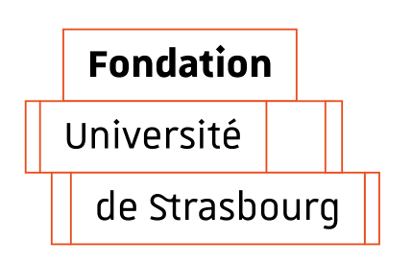Monitoring: Passive methods (induced seismicity)
- Cours (CM) -
- Cours intégrés (CI) 12h
- Travaux dirigés (TD) -
- Travaux pratiques (TP) -
- Travail étudiant (TE) -
Langue de l'enseignement : Anglais
Description du contenu de l'enseignement
Passive monitoring: In introduction, we will cover the various settings in which passive seismic monitoring of reservoir are employed today and the usefulness of such monitoring. We will then dedicate some time discussing the characteristics of the different seismic equipment and the design of an appropriate strategy for monitoring a reservoir (borehole vs surface sensor, network vs array, …). In a third chapter we will cover modern techniques for detecting and locating with high precision small amplitude signal such as micro-seismic events. The fourth chapter will investigate the methods that can be used for inferring the stress state and the pore pressure at depth from the analysis of these small earthquakes. Namely, we will review the methods for focal mechanism computation and stress tensor inversion techniques applied to these data. In a final chapter we will see how we can extract information about the reservoir from the analysis of the background seismic signal. Typically, we will look at the spectral shape of this background signal and derived velocities and velocity variations from the record of the background seismic noise. Numerous case studies will be studied during the course and we will dedicate a significant part of the lectures to the applications of the theoretical concepts with computer exercises on real dataset.
MASTER - Sciences de la Terre et des planètes, environnement






